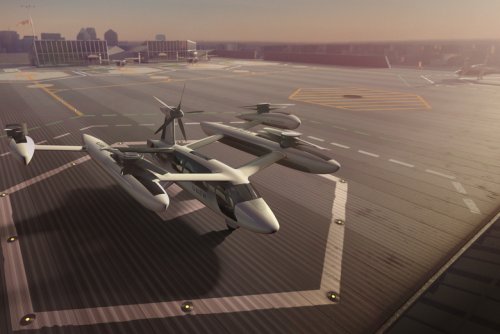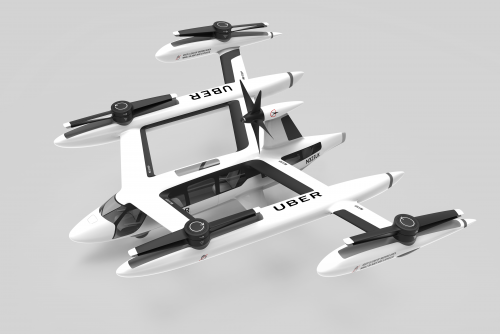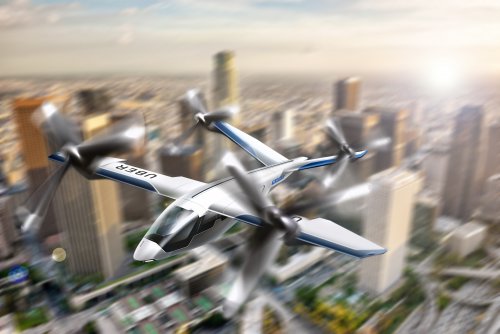Many laborious hours were spent over sketches and with models trying to figure out a way to twist the wings to a vertical position and then fold them back along the fuselage. Finally, Roy Grumman, a fine engineer, found the steps. He saw in all probability that the solution revolved around a pivot. So he took a soap eraser, such as those used in drafting, and used that to represent the fuselage of the plane. Then he took two paper clips for the wings and bent out the short end of each of the clips so that it was normal or perpendicular to the body of the clip. Then he began sticking these short ends into the eraser until he found the proper angle and position at which the clip, when twisted to a vertical position, would also fold back snugly against the eraser. Eureka! It was as simple as that. Once the principle of the “STO-Wing” (as it came to be called) was established, all that remained was some hard engineering work by Grumman’s fine team of engineers to make the mechanism strong and fail-safe.
The STO-Wing was applied to the Wildcat, the Hellcat and the TBF Avenger. The Grumman foldingwing is still in use today, notably on the larger carrier-based aircraft built by Grumman.








